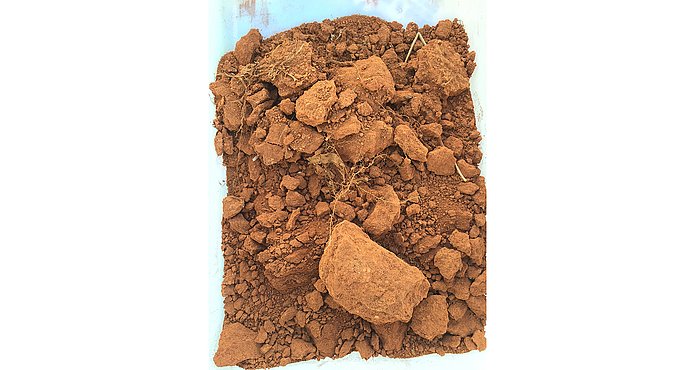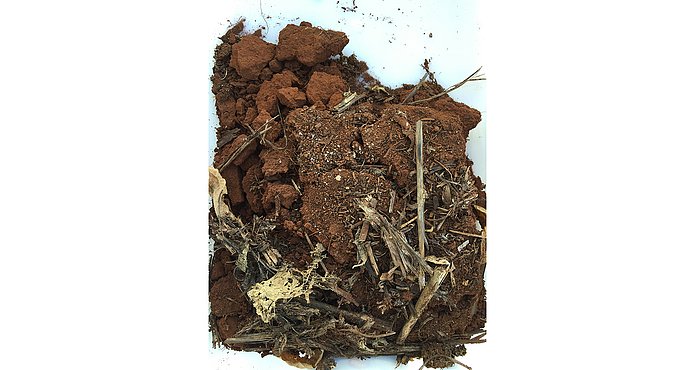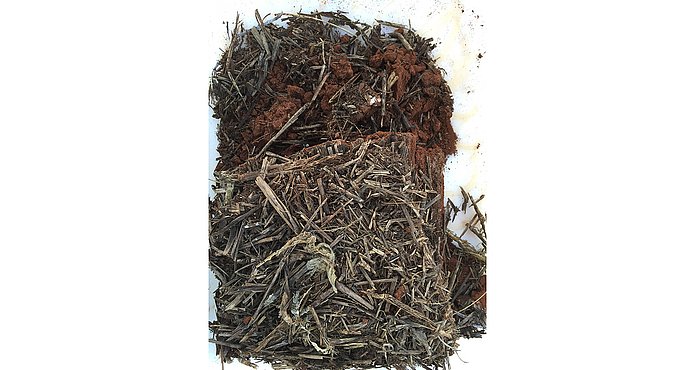Diversification to increase yields
Agricultural cultivation in the Brazilian savannah (Cerrado) only started a short time ago. But today especially the federal state of Mato Grosso considerably contributes to the production of agricultural commodities of the country.
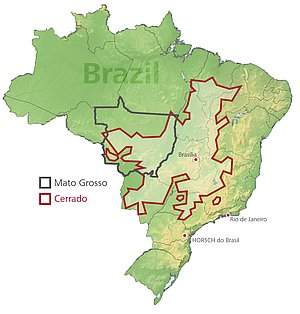
In the beginning, the farmers faced enormous challenges. One of them was the originally very nutrient-poor soil. They had to improve the pH value by liming and to increase the phosphor and potassium content. These immense investments were the basic requirement to achieve productivity of the soils and the basis for an economic agricultural use in the first place.
The timeline also shows the development of the grain yields in the region (Ill.1).
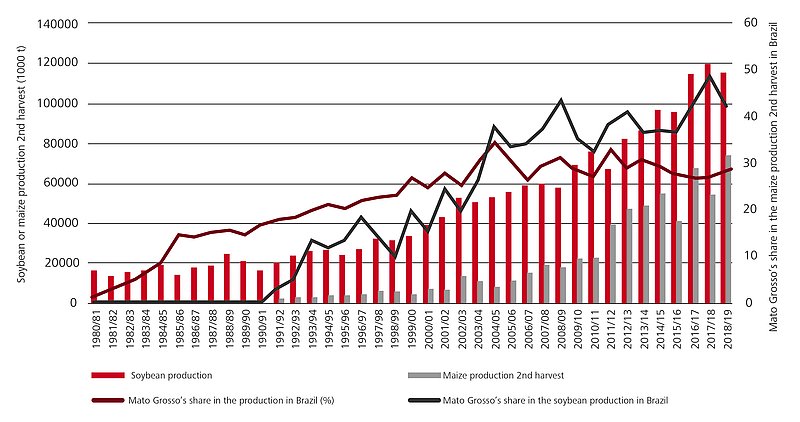
As agriculture developed further, the complexity of the production methods increased and cultivation became more and more intensive (Ill. 2). The reduction of the cultivation cycles for soybeans, maize and cotton combined with sowing soybeans in mid-September and the beginning of January allowed for making better use of the vegetation period.
The current farming system consists of the successive cultivation of soybeans/maize and/or soybeans/cotton for a second harvest – at the moment, more than 60 per cent of the arable land of Mato Grosso is cultivated this way.
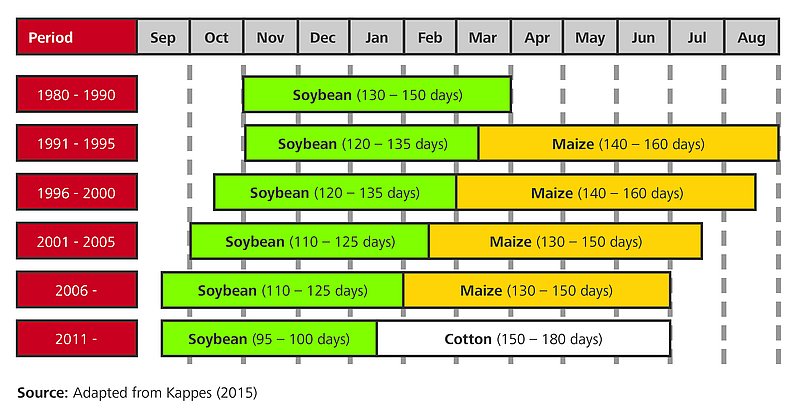
The double cultivation raised questions that so far had only to a little extent been dealt with from a scientific point of view. For the research projects mostly regarded one crop in isolation and not in combination with others in the same agricultural year. The intensification led to more favourable conditions for weeds, pests (insects), nematodes and diseases. Resistance was another problem. Against this background, several long-term tests were carried out in Mato Grosso.
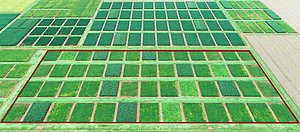
In 2008, the MT Foundation decided to set up a test series to study the effects of crop succession, crop rotation and monoculture systems – with soybeans as the main crop to analyse the effect of crop sequences on the soybean yield and on the fertility of the soil. The long-term text is carried out under practical conditions on the test fields of the Foundation at the Learning and Dissemination Center that is located at Cachoeira Farm (17° 09' S, 54° 45' W and 490 m altitude), near the motorway BR-163, in the municipality of Itiquira. The soil is very clayey. For more than 30 years, it has been supplied with mineral nutrients and lime and, thus, is now considered to be a fertile soil. The eight cultivation systems of the test are described in chart 1. They cover the following sectors: different rotations, the combination with catch crops, crop succession and monocultures.

During the eleven test years several important results could be observed. The straw accumulation between the systems is significantly higher for systems with crop succession and crop rotation (Ill. 4). For systems with crop rotation it is important to take the diversity of the types of straw and the roots of the different species into consideration – they all influence the soil profile in completely different ways.

Soybean yield, the main crop of the test, is influenced by the different production methods and has increased over the years. The increase of the productivity level of all methods during the past three vegetations periods is mainly due to the fact that more high-yield varieties have been used that only recently were launched on the Brazilian market. The average yield for this period is significantly higher for crop rotation and crop succession systems than for monoculture.
Over a period of six harvests (2008/2009 until 2013/2014) the different cultivation methods did not have an influence on productivity. Differences started to show as of the harvest 2014/15. The main reason was a combination of water stress and an extremely early soybean variety. This highlights the buffering power of clay soils with a good nutrient supply like they prevail on the test farm of the MT Foundation. The most important message for the farmers is: persevere with no-till farming – for the good results will not be achieved right at the start, but over the years as the system stabilises.

So far it has not been possible to notice a significant increase in soybean yields for crop rotation systems compared to crop succession systems. However, further evaluations will be carried out. The Foundation wants to find out how crop rotation versions might contribute to improve the biology of the soil. Illustration Ill. 6 shows how the accumulation of humus can change the fertility especially of tropical soils.
Ill.6. View of the soil surface, 0-10 cm layer for soybean/fallow, soybean/maize and soybean/crop rotation systems. Over time and with the accumulation of different types and quantities of mulch on the surface, the soil gets darker and darker. The organic matter content in the 0 to 10 cm layer for the three production methods is: respectively 3.2%, 3.8% and 4.0%. Photos: C. Kappes (2016)
During the test, microbiological analyses were carried out to break down the soil enzyms that have an effect on the carbon, sulphur and phosphor cycle. Thus, it was possible to define indicators for the biological quality of the soil. Production methods with a higher amount of straw increase the biological activity.
These parameters show how much straw is required in tropical soils to activate the full biological potential. For some cultivation systems the biological activity was eight times higher than for monoculture cultivation of soybeans. These results will be incorporated in the routine analyses of soil research laboratories and will soon be available for farmers to gather microbiological information about different soils on different farms.
Fazit
The summary after eleven test years with eight different cultivation systems is as follows: The productivity of soybeans is closely connected to the cultivation method used. Where there was more straw in the soil, the productivity of the soybeans was higher. For systems where a larger variety of species are cultivated (crop rotation) the soybean yield is still similar to less varied systems (crop succession). However, you can notice higher values for microbiological activity in the soil. This shows to what extent it makes sense to maintain grain production and thus to have a cultivation system with a higher amount of straw. The result is an increase of the humus content in the soil.
The MT Foundation will continue to carry out this long-term test for quite some years to examine the effect of the cultivation system on the productivity of soybeans even more intensely. Other analyses, e.g. with regard to carbon sequestration, will follow soon. The objective is to assess the effects of crop diversity. All this is to contribute to make agriculture, especially farming, in the savannah even more sustainable.
